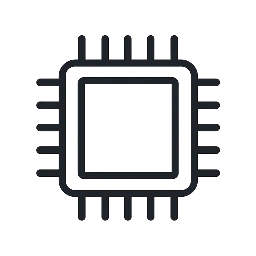In an increasingly digital work environment, the excess of online tools has become a challenge to the productivity and well-being of professionals. This “online tool fatigue” describes the mental exhaustion caused by the need to constantly use and switch between various digital tools.
This fatigue is not just physical tiredness from spending hours in front of a screen, but a deeper exhaustion, driven by the complexity of managing multiple interfaces, constant notifications, and the fragmentation of attention.
What once promised agility, in excess, ends up generating the opposite effect, negatively impacting both employees and organizations. The mental energy that should be dedicated to problem-solving and creativity is consumed by the task of navigating the company’s technological ecosystem.
A recent study by Lokalise, titled “On the Brink of Burnout,” reveals a worrying scenario where technology, instead of empowering, is overloading workers. The research indicates that nearly one in five workers (17%) switch between different tabs and applications more than 100 times a day, fragmenting their thoughts and leading to exhaustion.
The impact on productivity is measurable: more than half of workers (56%) state that tool fatigue negatively affects their work every week. Furthermore, 22% of professionals lose more than two hours per week simply due to this digital fatigue.
The pressure to always be connected exacerbates the problem. The Lokalise study points out that 60% of workers feel pressured to respond to digital notifications immediately, blurring the line between professional and personal life.
Most alarming is that almost 80% of employees report that their companies have not taken measures to mitigate this fatigue. Ignoring the problem not only harms the well-being of employees but also sabotages business results, with a decline in work quality and an increase in talent turnover.
Combating this fatigue requires a strategic approach: leadership needs to evaluate the tools in use, eliminate redundancies, prioritize fluid integrations, and establish clear communication guidelines. It is essential to foster a culture that values focused work and the right to disconnect.
After all, tools should serve people, not the other way around. It’s time to regain control of our attention and ensure that technology once again becomes an ally of productivity, not the architect of our exhaustion.
